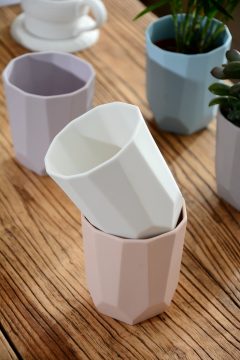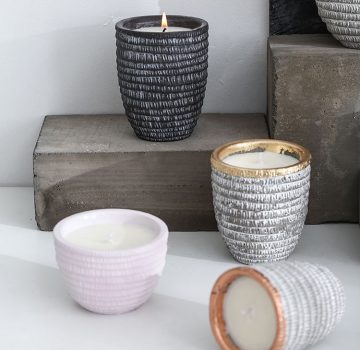1. Color Palette: Choose a color palette that reflects the retro era you’re drawing inspiration from. Pastel colors, muted tones, and bold contrasts were common in different time periods.
2. Typography: Opt for fonts that were popular in the chosen era. For instance, cursive scripts for the ’50s or ’60s, or bold and geometric fonts for the ’70s and ’80s.
3. Vintage Illustrations: Incorporate vintage illustrations, patterns, or motifs that evoke a sense of nostalgia. These could include retro florals, geometric shapes, or old-fashioned objects.
4. Distressed Elements: Add subtle distressed or weathered textures to the label to give it an aged look. This can enhance the vintage feel of the design.
5. Retro Imagery: Use imagery that represents the era, such as retro cars, record players, old telephones, or iconic fashion pieces. These elements can instantly transport viewers back in time.
6. Inspired Art Styles: Explore different art styles that were popular in the past, such as Art Deco, Mid-Century Modern, or Psychedelic Art, and incorporate elements from these styles into your design.
7. Vintage Patterns: Integrate vintage-inspired patterns like polka dots, stripes, or paisleys into the label design. These patterns were often seen in retro fashion and interior design.
8. Color Gradients: Experiment with color gradients or ombre effects that were commonly used in vintage design, especially during the ’70s and ’80s.
9. Retro Fonts: Look for fonts that mimic typewriter fonts, bold block letters, or even fonts that resemble old advertising signs for an authentic retro touch.
10. Era-Specific Details: Research the specific era you’re drawing inspiration from and include details that were significant during that time. This could include fashion trends, iconic phrases, or cultural symbols.
11. Playful Taglines: Craft taglines or catchphrases that were popular during the chosen era. These can add an extra layer of authenticity and humor to the design.
12. Vintage Advertisements: Study vintage advertisements from magazines and newspapers of the era. These can provide insights into design styles and content that resonate with the time period.
13. Packaging Materials: Choose packaging materials that complement the vintage aesthetic, such as kraft paper boxes or bags, for a cohesive look.
Remember, the key to creating successful retro-inspired candle tin designs is to research and immerse yourself in the design elements, styles, and cultural nuances of the era you’re targeting. This will help you capture the essence of the past while infusing your own creative twist.








